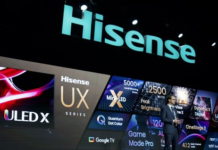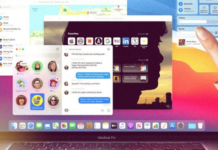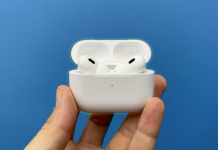Google is working on quite significant news for its Gboard touch keyboard, including, who would have thought, support for generative artificial intelligence: these are the news that emerged by rummaging through the code and files contained in the APK of version 13.3, which is recently distributed on the stable channel. Let’s briefly summarize all the details, with the usual warning that this type of investigation only reveals what Google is working on right now, without guarantees of actual official release (although this generally happens) and above all without reliable indications on any timing.
Handwriting with nib everywhere. New optimization clearly dedicated to devices with larger displays than those of smartphones, such as tablets and foldables, after the split layout. Gboard is already able to interpret freehandwriting, the great novelty of this new implementation is compatibility with any text field, a bit like Apple did with the launch of iPadOS 14. Several gestures are also supported:
Erase by tracing a worm on one or more words.
Select by circling a letter, word or phrase.
Insert by drawing an arrow where you want to place the cursor
Join two texts by drawing a vertical line
Wrap by drawing an “L” backwards (just like the Enter symbol)
New toolbar for voice dictation. Thanks to Assistant, it is already possible to dictate and at the same time write with the virtual keyboard; However, a new key will come to hide the letter keys to improve the overview in case of dictation. Just tap the keyboard icon or text you previously entered to make the normal layout reappear.
AI corrector. With just a tap, AI can make the newly created text read for typos, grammar, spelling and more. Each suggested correction can be evaluated by the user with a simple thumbs up or down system. The texts will be sent to Google’s servers and will be kept for sixty days.
Sticker generation with AI. The technology is called Emogen; The interface is practically identical to that of normal stickers, except that instead of a search key in the text field you enter the instructions for the machine learning model.
Tone change with AI. This is a similar feature to the one announced for Gmail: basically the keyboard takes a certain text and changes its tone with the possibility of choosing between different preset styles – formal, informal, colloquial and so on.
































